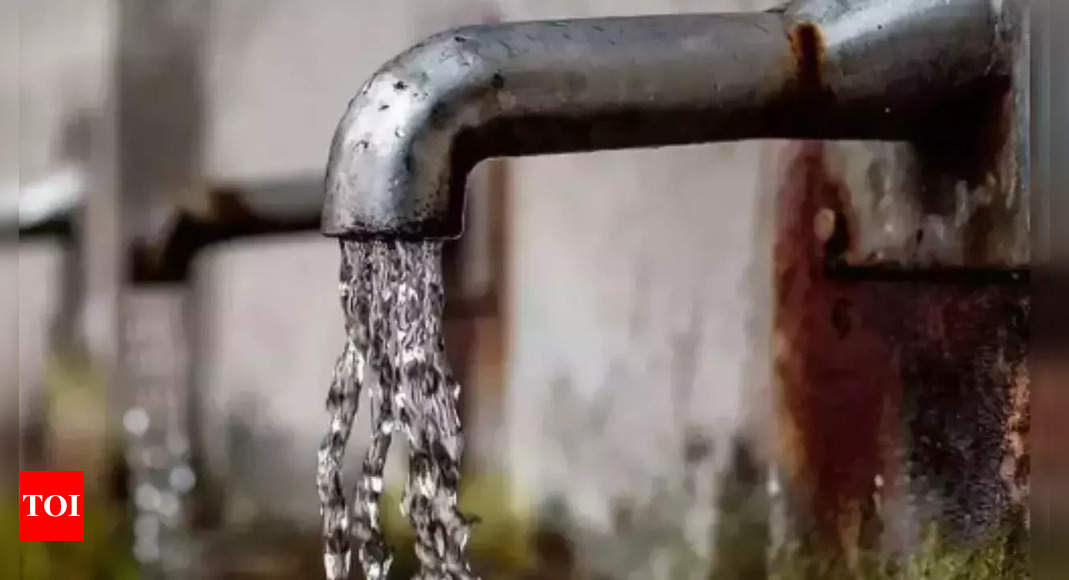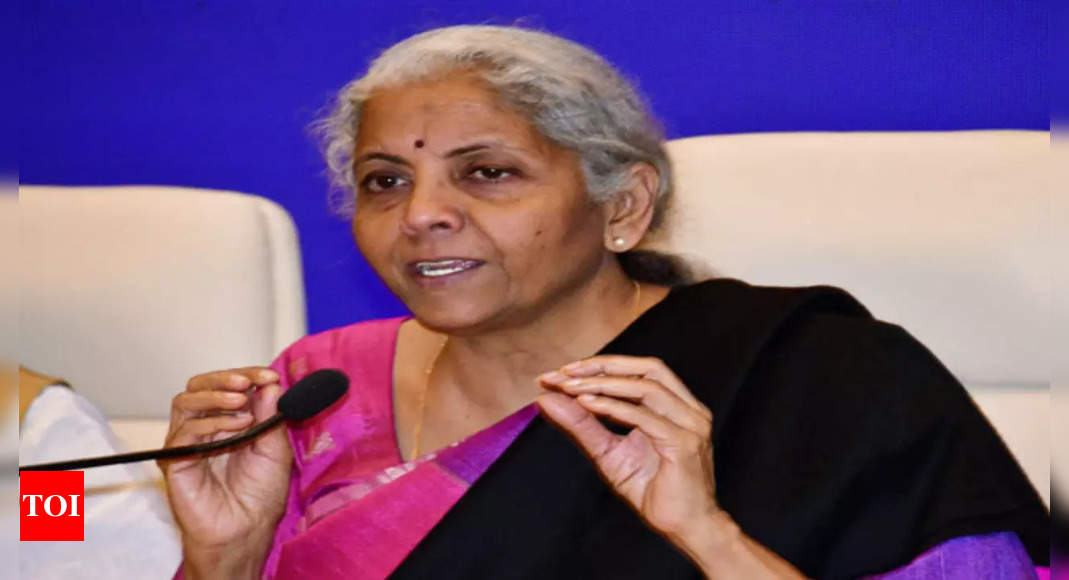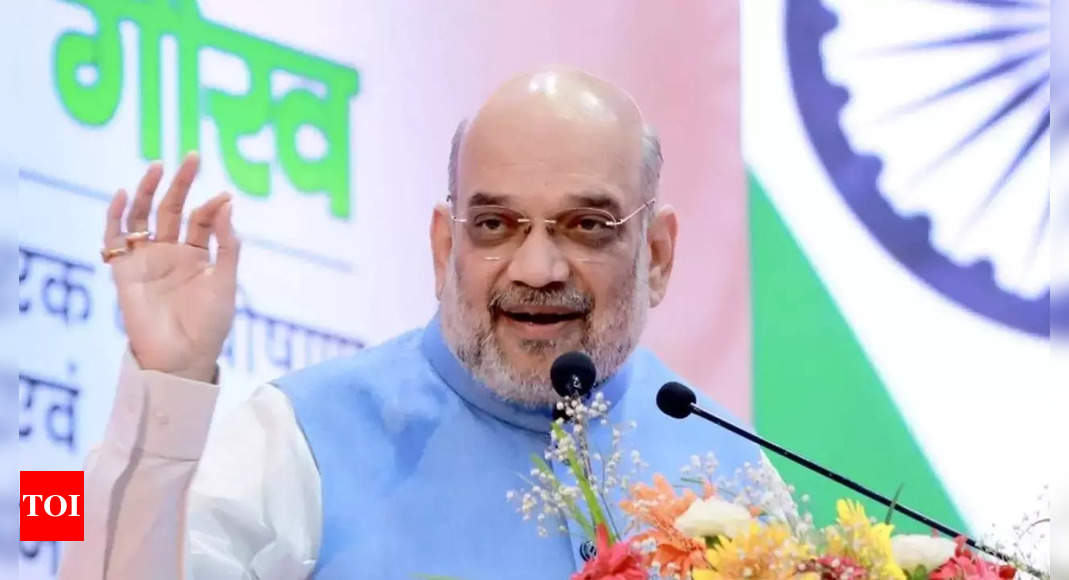[ad_1]
The survey, called the Multiple Indicator Survey (MIS), was part of the 78th round of the National Sample Survey Organisation (NSSO). Initially planned to be conducted over the course of 2020, it was extended till August 15, 2021 following the pandemic. The survey covered 1. 6 lakh households in rural areas and another 1. 1 lakh households in urban areas.
During the time of the survey, 16. 1% of males and 43. 8% of females aged 15-24 were neither studying nor working or being trained. Less than half of all those aged 18 or more had exclusive access to mobile phones. The report confirms the progress in financial inclusion in India with nearly 90% of those surveyed reporting having an account individually or jointly with banks, other financial institutions or mobile money service providers.
Although the penetration of piped drinking water is abysmal in many states, more than 95. 7% of people reported having access to an “improved source of drinking water”. This is defined as water taken from packed bottles, piped water into a house, yard or from a neighbour, public tap, tube well, hand pump, covered well, tanker and so on.
Among major states, Assam, Jharkhand, Uttar PradeshBihar and Odisha are among the worst in access to tapped drinking water for both rural and urban households. Kerala, Manipur, Nagaland, and Jharkhand have less than 90% access to an improved source of drinking water. Similarly, Bihar, Jharkhand and Odisha have the lowest proportion of rural households with access to an exclusive toilet. For all other states, the proportion of such households is more than 60%. In the same three states, more than 30% of households had no access toa latrine.
In Chhattisgarh, Odisha, West Bengal, Nagaland and Madhya Pradesh, for more than 70% of households, firewood is the primary source of energy for cooking. These states along with Jharkhand have less than 25% of households using LPG for cooking– the lowest among all states and UTs.
Among big states, Uttarakhand, Odisha, Kerala and Delhi have the highest proportion (more than 20%) of men aged 15 to 24 who were not in education, employment or training at the time of the survey. For females,the proportion was highest in Uttar Pradesh, Assam, Odisha, Gujarat, West Bengal and Bihar.
In exclusive use of mobile phones, both Jharkhand and Uttar Pradesh have less than a third of their 18-plus population with exclusive access to mobile phones.
[ad_2]
Source link




